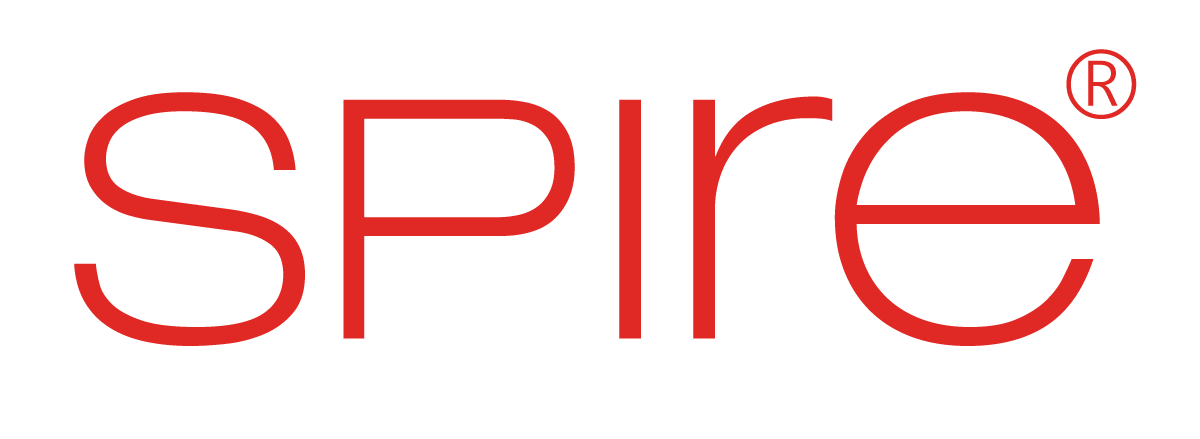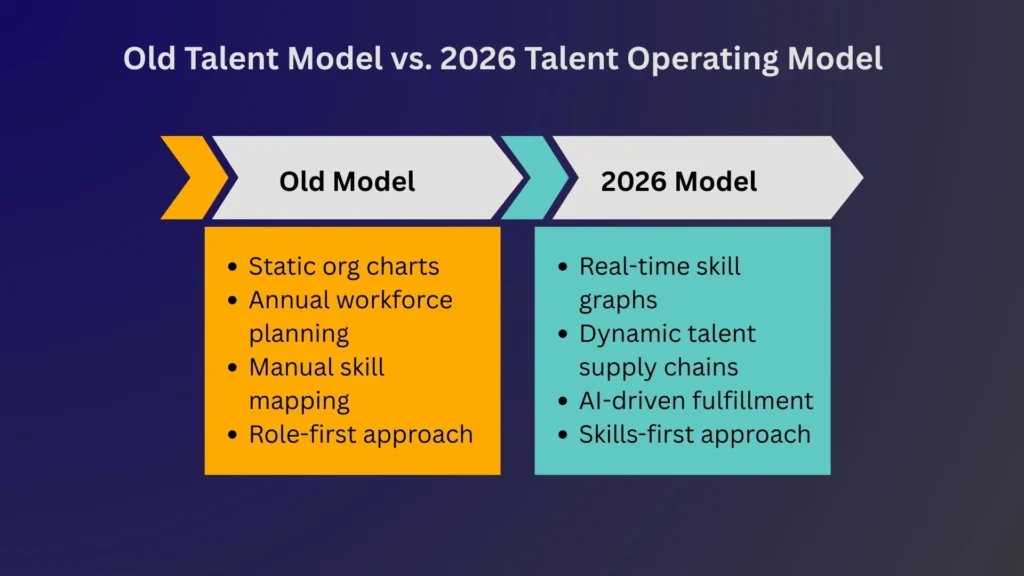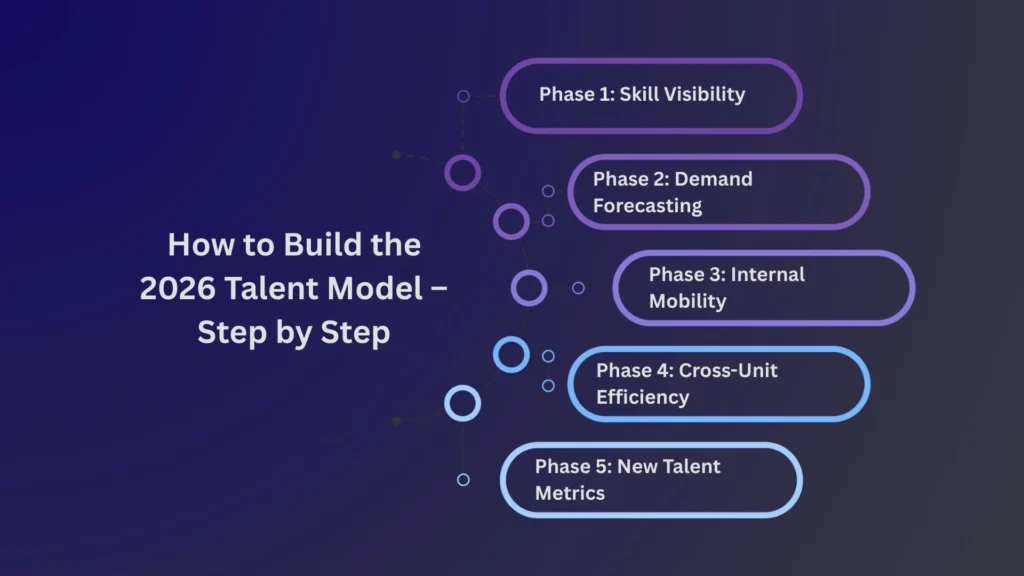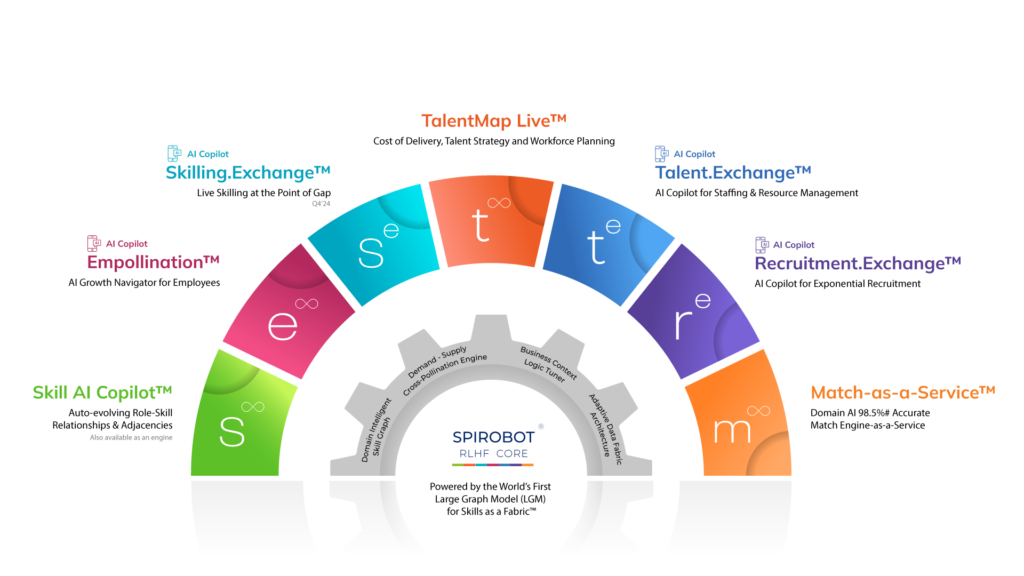The way we structure and mobilize talent is undergoing a seismic shift. The traditional talent operating model, built on static org charts, linear career paths, and manual workforce planning has hit its limits in today’s dynamic business landscape. In an era defined by economic uncertainty, supply chain volatility, and accelerated digital disruption, businesses need more than reactive hiring cycles or siloed L&D programs. They need a talent operating model that is intelligent, agile, and deeply connected to business outcomes.
Introducing the 2026 Talent Operating Model: a framework that fuses real-time skill visibility with AI orchestration, enabling organizations to balance growth, resilience, and fulfillment across the entire talent lifecycle.
In this article, we unpack what this model looks like, why it’s a strategic imperative, and how forward-thinking companies are already building its foundations with the help of AI-powered platforms like Spire.AI.
Why the Old Model is Breaking Down
For decades, workforce planning relied on a deceptively simple equation: defining roles, post jobs, hiring talent, and occasionally reskill. This model functioned adequately in an environment where business cycles were predictable, job roles were relatively stable, and talent movement was linear. But that world no longer exists.
Today’s environment is defined by:
- Rapid industry shifts driven by AI, automation, and digitalization
- Shrinking skill half-lives with some technical skills becoming outdated in less than 2 years
- Unpredictable project demands requiring just-in-time talent deployment
- And increased workforce fluidity, with talent expecting faster growth, diverse work experiences, and role flexibility
Yet, most organizations are still operating with outdated systems and assumptions:
1. Static Org Structures and Rigid Job Architectures
Traditional hierarchies and predefined job roles fail to reflect how work is actually done today. Employees often wear multiple hats, contribute to cross-functional projects, or step into adjacent responsibilities based on need. But static org charts don’t account for this fluidity. The result? Misaligned workforce planning and underutilized capability.
2. Limited Visibility into Skill Supply and Demand
Workforce decisions are still largely made using outdated spreadsheets, infrequent surveys, or disconnected HR systems. There’s little to no real-time insight into who has what skills, how those skills are evolving, or where emerging gaps lie. This leads to reactive hiring, over-reliance on external consultants, and avoidable bench-time.
3. Manual, Fragmented Talent Planning
Workforce planning remains a siloed, annual process led by HR and disconnected from real-time business demand. There’s no intelligent bridge between upcoming project needs and available internal talent. As a result, critical roles go unfilled, high-potential employees are overlooked, and costs rise due to rushed external hiring.
4. Inadequate Internal Mobility and Redeployment Pathways
Despite increasing awareness around internal mobility, most organizations lack the infrastructure to facilitate it at scale. Employees don’t know what roles they can move into, managers hesitate to lose talent, and systems don’t match people to opportunities based on evolving skill adjacency. This leads to attrition, stagnation, and missed growth potential.
5. Outdated Build vs. Buy Decisioning
Decisions around upskilling versus hiring are often based on intuition, not data. Without understanding real-time proficiency levels, potential, and market benchmarks, organizations end up investing in the wrong places either undertraining existing employees or overspending on new hires.
The 2026 Talent Operating Model: Core Characteristics
Here’s what defines the next-generation workforce model, and why it matters:
1. Skills-as-a-Currency Framework
In 2026, organizations will treat skills, not roles or resumes, as the primary unit of workforce value. This shift enables:
- More accurate job-role alignment,
- Smarter workforce planning,
- And continuous revaluation of internal capability.
With Spire.AI’s Large Graph Model (LGM) for Skills, organizations can tap into real-time, validated skill maps to make hiring, upskilling, and mobility decisions with surgical precision.
2. AI-Orchestrated Talent Supply Chains
The modern workforce is not a static structure it’s a live, responsive network. The new model resembles a supply chain, where:
- Talent is forecasted like inventory
- Fulfillment is optimized by demand-supply matching
- And redeployment is guided by skill adjacency and capacity
Spire.AI’s Talent.Exchange™ and Agent Sigma™ enable just that predicting demand, validating fulfillment probability, and orchestrating movement to maximize utilization.
3. Auto-Evolving Role-Skills Architectures
Roles are no longer fixed. A marketing analyst in 2020 is not the same as one in 2026. The skills required for the same job evolve year-over-year, sometimes month-over-month.
That’s why Spire.AI’s architecture dynamically adjusts role definitions in real-time, mapping evolving skill needs to shifting market and business demands.
4. Build vs. Buy Intelligence
AI will drive real-time decisions on whether to upskill existing employees or hire externally. This helps:
- Minimize cost
- Reduce bench time
- Improve internal mobility
With live skill inventories and intelligent “build/buy” decisioning, HR and business leaders can act with clarity and speed.
5. Mobility as a Metric of Health
In a 2026-ready workforce, mobility is not optional, it’s critical. Talent movement across roles, projects, and functions becomes a signal of organizational resilience. Whether it’s lateral growth, project-based deployment, or succession planning, AI-enabled mobility ensures high-potential talent doesn’t get stuck in silos.
What This Means for Different Industries
Professional Services & Consulting Firms
Time is money. Bench talent is lost revenue. The 2026 model helps firms:
- Maximize billable utilization through predictive fulfillment,
- Balance pyramid structure via cyclical workforce planning,
- Forecast demand accurately with AI-driven probability models.
Core Industries, Manufacturing & Services
For these sectors, success hinges on:
- Cost optimization
- Workforce stability
- And operational continuity
The 2026 model enables autonomous workforce rotation, real-time skill visibility, and reduced dependency on external hires through strategic internal mobility.
Start Now: How to Build the 2026 Talent Operating Model
You don’t need to overhaul your entire workforce system overnight. The smartest organizations are taking a phased approach. Here’s how:
Phase 1: Establish Real-Time Skill Visibility
The first step is making skills visible across roles, functions, geographies, and business units. This requires moving beyond self-reported skills or resume-based mapping. Instead, leverage AI to continuously update and validate skills based on:
- Project contributions
- Certifications
- Peer reviews
- Learning journeys
- And external labor market signals
With Spire.AI’s Skill Proficiency Analyzer, organizations can classify employees into granular proficiency bands (e.g., expert, advanced, and proficient) and gain an accurate, living view of capability across the board.
Phase 2: Integrate Demand Forecasting & Fulfillment Planning
The next step is syncing workforce planning with business needs:
- What projects are coming up?
- What roles will be critical in the next quarter?
- Who is available and who should be upskilled?
Spire.AI’s Agent Sigma™ handles this autonomously, modeling demand scenarios and offering fulfillment plans based on real-time availability, capacity, and job-fit scores. This moves talent planning from reactive to predictive.
Phase 3: Automate Internal Mobility Pathways
Rather than leaving career progression to chance, build a skills-based internal marketplace. Match employees to roles, projects and mentorships based on their evolving skill graph. Enable lateral movement as easily as promotions.
Spire.AI’s Internal Fulfillment Engine does this automatically surfacing best-fit opportunities for each employee while aligning with strategic workforce priorities.
Phase 4: Drive Cross-Unit Efficiency
As you scale, talent needs to move across functions and business units, not just upward. Think of your workforce like a flexible mesh, not a pyramid.
With cross-unit redeployment, Spire.AI helps enterprises prevent siloed decision-making, reduce time-to-fill, and turn idle capacity into productive output.
Phase 5: Measure What Matters Replace vanity HR metrics with value-driven KPIs such as:
- Skill fill rate (how often you fulfill roles with internal talent),
- Mobility rate (movement across functions and geographies),
- Bench-to-billable ratio (especially in PSO firms),
- Time-to-productive deployment,
- Fulfillment probability accuracy.
These metrics become the heartbeat of your talent strategy.
A Snapshot of Success: What the Future State Looks Like
By 2026, organizations that adopt this model will:
- Have a living, breathing talent map that evolves with market needs
- Make workforce decisions in real-time, not via quarterly forecasts
- Run AI-powered talent operating systems that link people, projects, and strategy
- Reduce reliance on external hiring by monetizing internal capacity
- Create workforce resilience without sacrificing agility.
Final Thoughts: Don’t Wait for the Future to Arrive
The 2026 Talent Operating Model isn’t a futuristic dream. It’s already taking shape led by AI, powered by skills, and centered around value creation.
Organizations that begin today by making skills visible, aligning supply with demand, and enabling smart mobility will not only weather uncertainty. They’ll thrive through it.
At Spire.AI, we’re already helping enterprises rewire their workforce engines with real-time intelligence and agent-powered orchestration. The future is not five years away. It’s now. And the operating model you build today determines the business advantage you unlock tomorrow.








